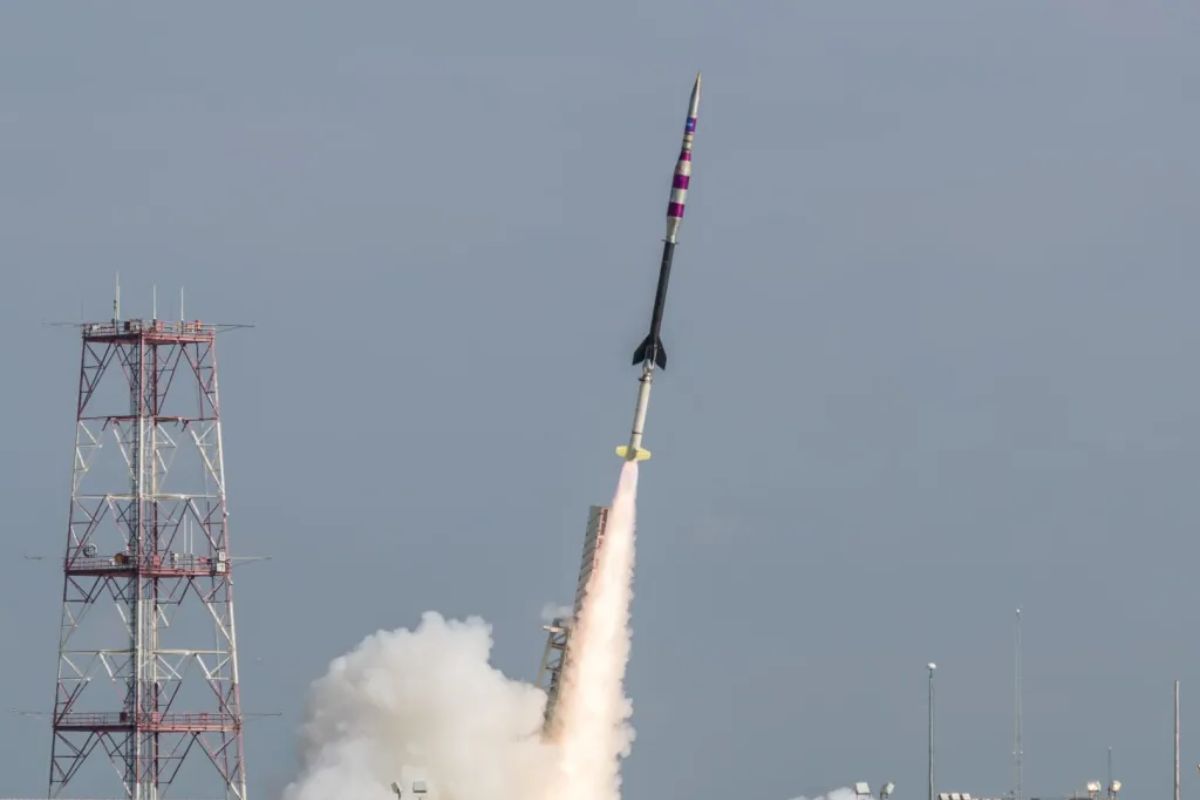
Did you know Wallops Island is a hub for rocket launches? This small island in Virginia has been launching rockets since 1945. Wallops Island Rocket Launches have played a crucial role in space exploration and scientific research. Managed by NASA, the Wallops Flight Facility is one of the oldest launch sites in the United States. It supports a variety of missions, from sounding rockets to small satellites. Wallops Island is not just about rockets; it also hosts research on climate, weather, and oceanography. With over 16,000 launches, it's a cornerstone of American space history. Ready to learn more? Let's blast off into some fascinating facts!
Wallops Island: A Launchpad for Innovation
Wallops Island, located in Virginia, is a hub for rocket launches. This site has a rich history and continues to play a crucial role in space exploration. Here are some fascinating facts about Wallops Island rocket launches.
-
Wallops Flight Facility: Established in 1945, Wallops Flight Facility is one of the oldest launch sites in the world. It was initially used for testing rockets and conducting aeronautical research.
-
NASA's Role: NASA operates Wallops Flight Facility. It serves as a key site for launching suborbital and orbital missions, supporting both scientific research and commercial ventures.
-
Diverse Missions: Wallops Island has launched over 16,000 rockets. These missions range from sounding rockets to small satellites, contributing to various scientific fields.
Historical Significance of Wallops Island
Wallops Island has a storied past that has significantly impacted space exploration. Its historical importance is evident through several key events and milestones.
-
First Launch: The first rocket launched from Wallops Island was on July 4, 1945. This marked the beginning of its long-standing contribution to space research.
-
Project Mercury: Wallops Island played a role in Project Mercury, NASA's first human spaceflight program. It conducted tests and training exercises for astronauts.
-
International Collaborations: Wallops Island has hosted international missions, including collaborations with the European Space Agency (ESA) and Japan Aerospace Exploration Agency (JAXA).
Technological Advancements at Wallops Island
Wallops Island is not just about history; it is also a site of technological innovation. The facility has seen numerous advancements that have pushed the boundaries of space exploration.
-
Sounding Rockets: Wallops Island is known for its sounding rocket program. These rockets are used for scientific experiments in the upper atmosphere and near-space environments.
-
CubeSats: The facility has become a launch site for CubeSats, small satellites that are cost-effective and versatile. These mini-satellites are used for various research purposes.
-
Antares Rocket: The Antares rocket, developed by Northrop Grumman, is launched from Wallops Island. It is used to deliver cargo to the International Space Station (ISS).
Environmental and Community Impact
Wallops Island's activities have a significant impact on the environment and the local community. The facility takes measures to ensure sustainable practices and community engagement.
-
Environmental Monitoring: Wallops Island conducts environmental monitoring to minimize the impact of rocket launches. This includes tracking air and water quality.
-
Wildlife Conservation: The facility is located near the Chincoteague National Wildlife Refuge. Efforts are made to protect the local wildlife and their habitats.
-
Educational Outreach: Wallops Island engages with the local community through educational programs. These initiatives aim to inspire the next generation of scientists and engineers.
Future Prospects for Wallops Island
The future looks promising for Wallops Island, with several exciting projects and missions on the horizon. The facility continues to evolve and adapt to the changing landscape of space exploration.
-
Commercial Spaceflight: Wallops Island is becoming a hub for commercial spaceflight. Companies like Rocket Lab are using the facility for their launch operations.
-
Lunar Missions: NASA plans to use Wallops Island for future lunar missions. This includes launching components for the Artemis program, which aims to return humans to the Moon.
-
Advanced Research: The facility is involved in advanced research projects, such as testing new propulsion systems and developing technologies for deep space exploration.
The Final Countdown
Wallops Island rocket launches are more than just a spectacle; they’re a testament to human ingenuity and curiosity. From launching the first sounding rockets to supporting major space missions, Wallops has played a crucial role in space exploration. The island's unique location and facilities make it an ideal spot for a variety of missions, from scientific research to commercial ventures.
Whether you're a space enthusiast or just curious about rockets, Wallops Island offers a fascinating glimpse into the world of space travel. The next time you hear about a launch from Wallops, you'll know a bit more about the history and significance behind it. So, keep your eyes on the skies and stay curious. The journey of discovery never truly ends, and Wallops Island will continue to be a key player in our quest to explore the cosmos.
Was this page helpful?
Our commitment to delivering trustworthy and engaging content is at the heart of what we do. Each fact on our site is contributed by real users like you, bringing a wealth of diverse insights and information. To ensure the highest standards of accuracy and reliability, our dedicated editors meticulously review each submission. This process guarantees that the facts we share are not only fascinating but also credible. Trust in our commitment to quality and authenticity as you explore and learn with us.
